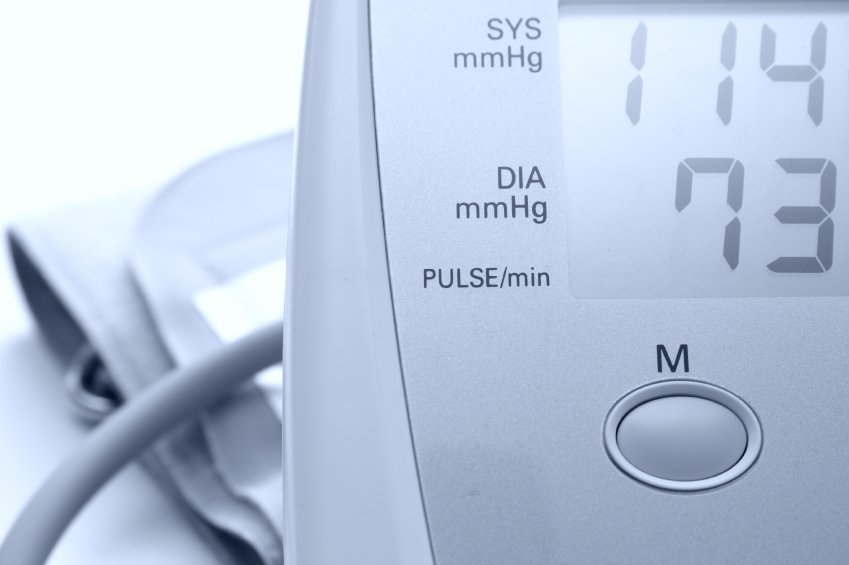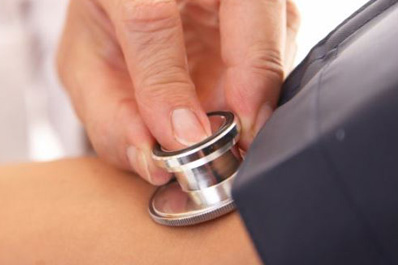BP monitors
The BIHS publishes the only independent, peer-reviewed list of blood pressure monitors that is not governed by commercial interest.
How to Use the List of Validated Monitors
- ALL of the monitors on the ‘Home’ and ‘Specialist Use’ lists have been approved by the BIHS for accuracy. Those bearing the BIHS logo have been tested in-house. The rest have been tested by independent agencies, their published reports have been peer-reviewed and approved by the BIHS.
- The monitors on the ‘Home’ list may also be used in the clinic
- Click on individual devices for more information.
- Click on ‘Type’ at the top of the table if you are looking for a specific feature e.g. ABPM
- Other search options are available at the top of the table
How to Choose a monitor for Home Use
The following links will help you select the right BP monitor for you, then check to see whether your chosen monitor is on our list. Apart from those on the ‘Not Recommended’ list, all monitors listed are BIHS approved:
Blood Pressure UK Also a good source of information on high blood pressure for patients
Which? BP Monitor Free access to ‘Advice Guide’ only



